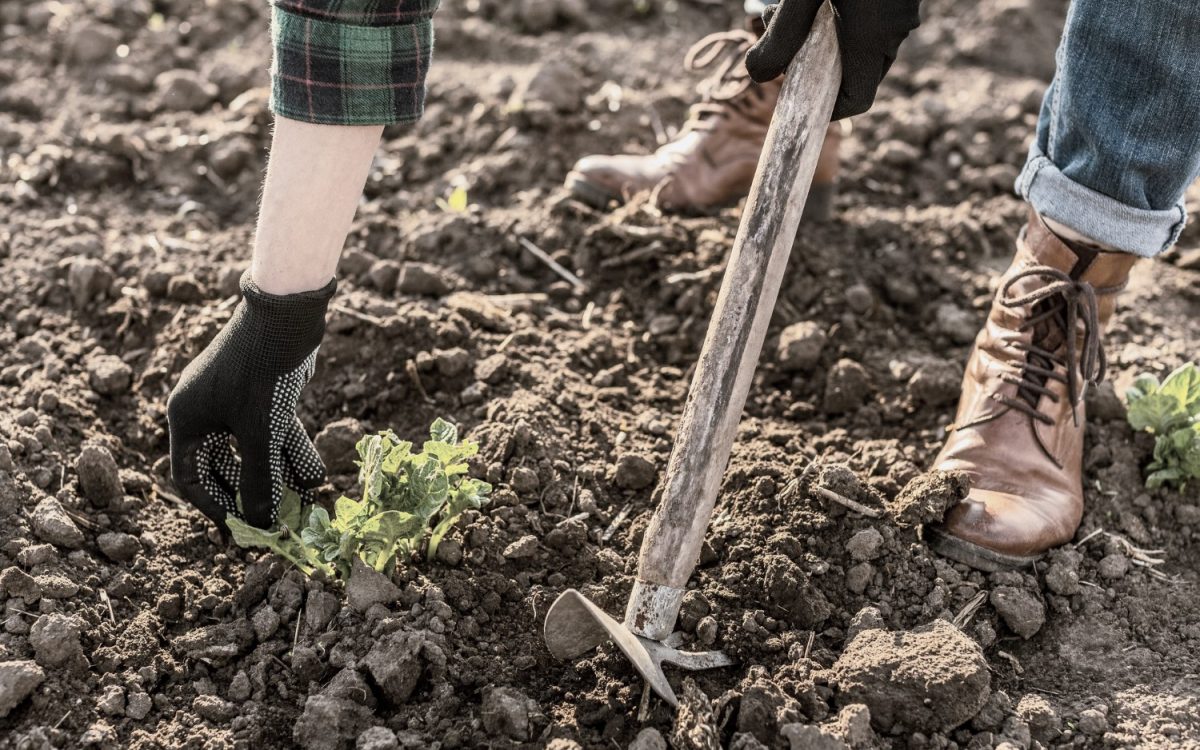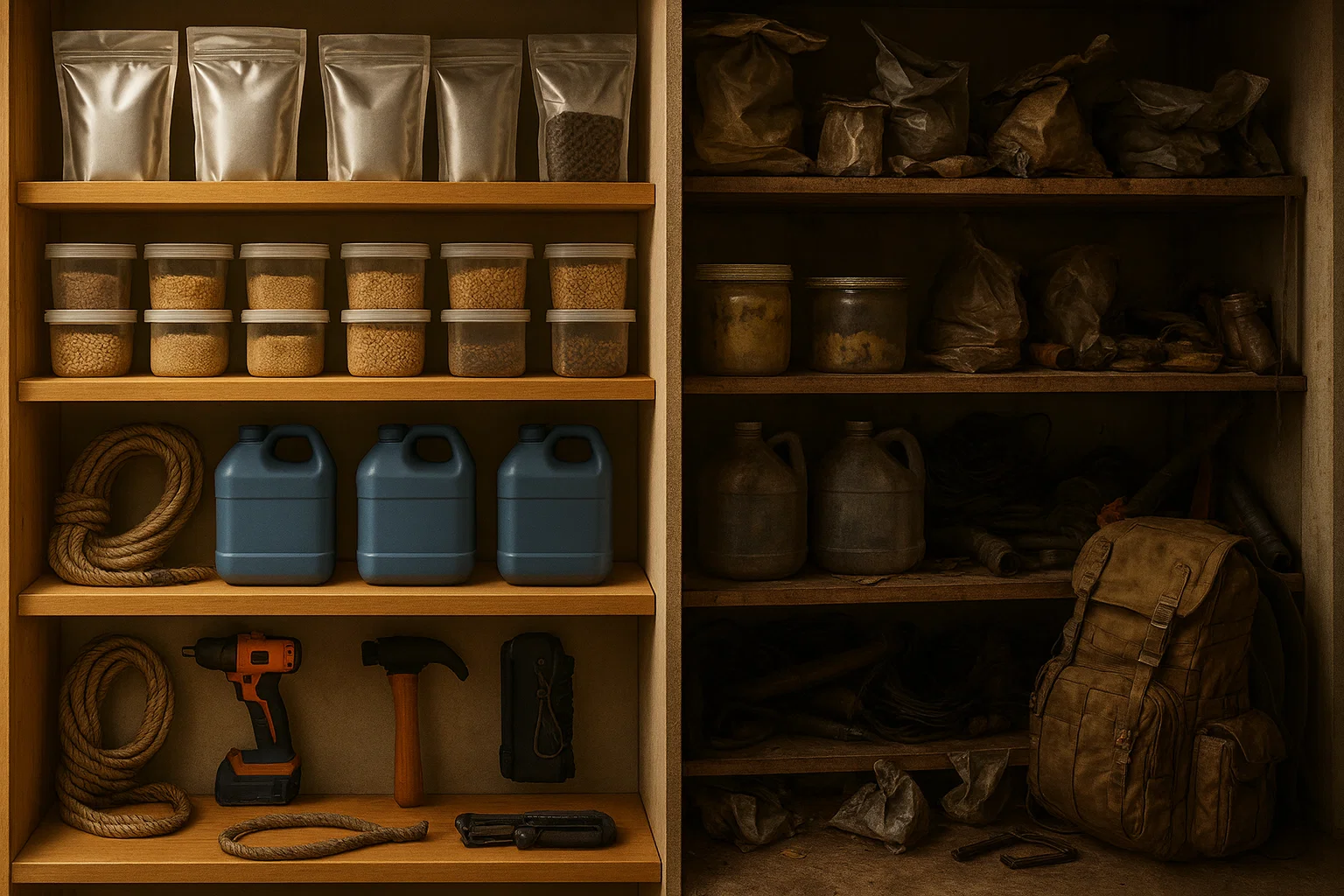Thanks to the modern world, food preservation is effortless. We have packaged products with preservatives that last for years on the shelf, as well as freezers and refrigerators. However, what occurs if such comforts are no longer accessible? Supermarkets and instantaneous power were not available to our great-grandparents. Instead, they developed long-forgotten survival food preservation methods that enabled them to preserve food for months or even years in the absence of contemporary technology.
Not only were these antiquated food storage techniques practical, but they also meant the difference between survival and famine. Families had to prepare for harsh winters, crop failures, and erratic times. Drying meats, fermenting, and root cellaring weren’t trendy homesteading techniques; they were necessary for survival. Every home understood how to preserve food to remain safe during the long, demanding seasons.
These traditional food preservation techniques are no longer widely used nowadays. However, those who continue to use them, off-grinders, homesteaders, and a few rural communities, show that these strategies are still effective. Whether you wish to live off the grid, prepare for emergencies, or become more self-sufficient, it’s time to revive the wisdom that kept our ancestors alive.
Fermenting
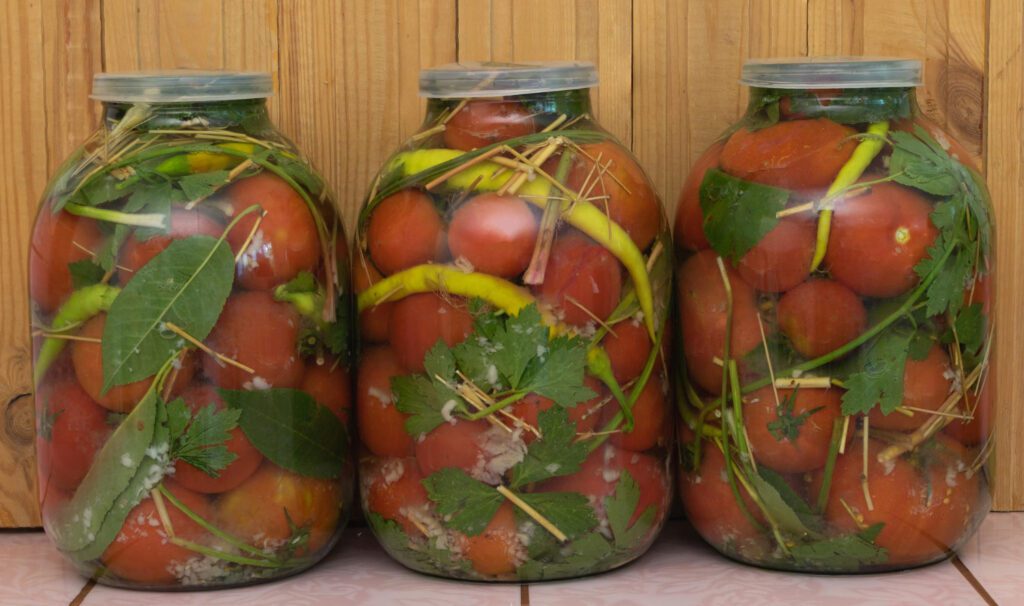
When people hear the word “fermentation,” they typically think of tart pickles or sauerkraut, yet this ancient technique was essential to survival and much more than a side dish. People used long-forgotten survival food preservation methods like fermentation to prevent food from rotting before refrigeration. By using helpful bacteria to break down sugars and starches, the technique produces an acidic environment that prevents the growth of dangerous microorganisms. Because of this, our great-grandparents needed to learn how to ferment food to keep grains, dairy products, and vegetables for months without worrying about food waste.
Fermentation improves the nutritional value of food in addition to preserving it. Traditional food preservation techniques, such as fermentation, actually boost nutritional content, in contrast to contemporary canned items that gradually lose nutrients. Fermented veggies preserve vitamins, and probiotics improve intestinal health and facilitate digestion. These nutrients kept our ancestors strong during the long winters when fresh produce was hard to come by, even if they may not have understood the science behind it.
There was fermented food in every home back then. The bread was naturally leavened with wild yeast to create sourdough, milk was cultured to make kefir or yogurt, and cabbage was turned into sauerkraut. These were not merely family customs but antiquated techniques for preserving food that provided sustenance during inclement weather. In some instances, even meat and fish were fermented. For example, Native groups in Alaska buried fish heads in the ground to ferment them for survival supplies, while Scandinavians had rakfisk.
These age-old techniques are making a comeback. Preppers, homesteaders, and off-grid families are rediscovering the benefits of fermentation as a long-term food preservation approach that does not require refrigeration. Whether handmade kimchi, kombucha, or a sourdough starter bubbling on the counter, these abilities are no longer outdated. They demonstrate that our predecessors knew how to survive, and so did we.
Root Cellaring (The Forgotten Underground Fridge)

Our great-grandparents developed long-forgotten survival food preservation techniques that used nature’s cooling mechanism before refrigeration. Root cellaring, an underground storage method that preserved food without electricity or ice, was one of the most successful strategies. Families could benefit from constant subsurface temperatures that naturally reduced spoiling by excavating. Vegetables, fruits, and some meats may remain edible for months in a well-constructed root cellar that maintains a constant temperature of between 32 and 50°F.
Root cellars were carefully planned because different foods are preserved in various environments. Apples and squash required cool, dry air to avoid rotting, whereas potatoes, carrots, and beets fared best when kept in moist sand or sawdust. Because they were protected from the summer heat below, even perishable dairy goods like milk and butter had a longer shelf life. Some households buried jars of fermented vegetables in the ground or hung smoked meats in their root cellars to stay calm. Thanks to these antiquated food storage techniques, families were guaranteed a consistent supply of wholesome food well into the following season.
Many homesteaders and preppers are reviving traditional food preservation techniques like root cellaring, even though most people have forgotten how to do it. The finest aspect? It remains one of the most straightforward and dependable long-term, non-refrigerated food storage methods. Here’s how to create a root cellar.
Drying Meat in the Sun
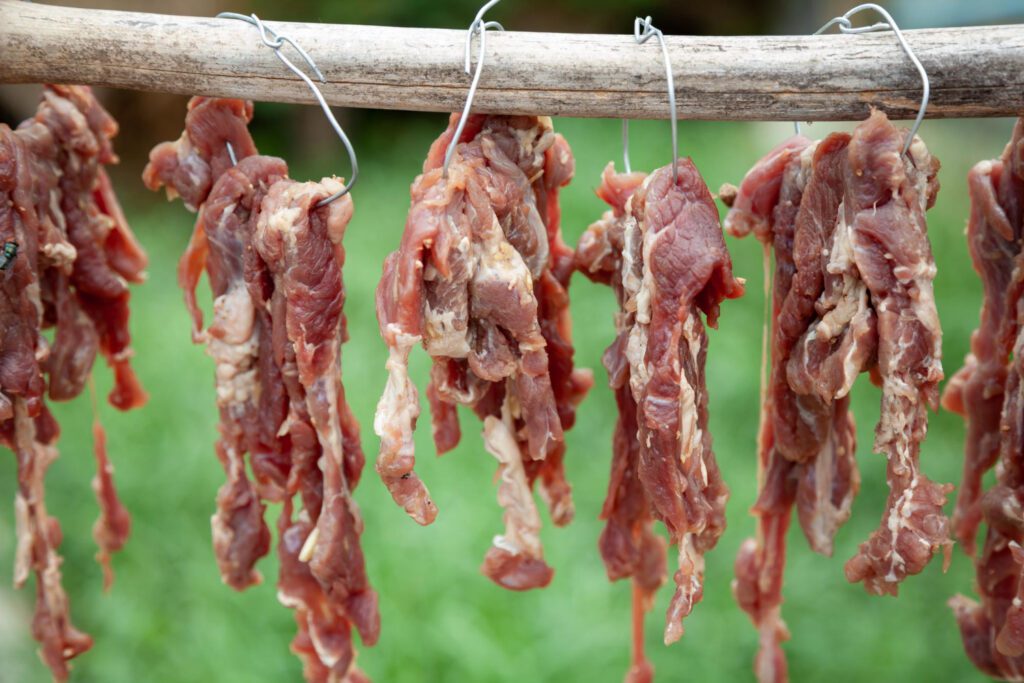
Our forefathers needed to preserve meat to survive, not merely for convenience. Before refrigeration, people had to figure out how to keep foods high in protein fresh for months. They used various long-forgotten survival food preservation methods, but sun-drying was one of the most straightforward and efficient. While condensing nutrients into a small, light form, removing moisture stops germs from developing. Hunters, settlers, and pioneers relied on dried meat to survive the long winters, arduous travels, and erratic food shortages.
Traditional food storage techniques, such as smoking, salt-curing, and air-drying meat, were refined by indigenous tribes and early pioneers. Pemmican, which is strips of dried bison or deer combined with rendered fat and berries, was a high-energy survival diet that the Native Americans produced and used for years. Biltong was made in Africa by curing pork with salt and vinegar and then letting it dry outside. Similar methods were used by early European settlers in America, who hung strips of meat and venison over modest fires or in the sun to prevent rotting.
A long-term plan for preserving food without refrigeration was the difference between security and suffering for many households. Because of the widespread use of smokehouses, families were able to prepare enough food to last them through the winter. The meat was intended to be edible for months by gradually drying and curing it with regulated heat and smoke in these tiny, wooden constructions. The meat’s rich, smokey flavor was an indication that it had been well preserved, not just a bonus.
Though we no longer rely on these methods for survival, jerky, biltong, and dried fish remain some of the best traditional food preservation techniques used today. Hikers, hunters, and preppers rely on these protein-rich meals because they are light, nutrient-dense, and easy to store. Unlike store-bought processed meats laden with preservatives, homemade jerky, and dried meat can be prepared naturally, just as our forefathers did.
The best part? You don’t need a unique setup to do it yourself. Sun-drying your survival jerky at home requires only fresh beef, salt, and ventilation. A modest dehydrator or an old-fashioned smoking setup can assist in recreating these age-old traditions.
The Lost Art of Survival Breads
Bread wasn’t always as soft and quickly spoiled as it is now. For millennia, people used long-forgotten survival food preservation methods to prepare bread that would be kept for months without refrigeration. For soldiers and sailors, hardtack, a dense, rock-solid cracker, was essential because it could withstand lengthy travels without going bad. With only a few ingredients, bannock, a straightforward fire-baked bread, was a favorite among pioneers and native tribes as a quick and satisfying supper.
Neither yeast nor contemporary preservatives were used in these antiquated food-preserving techniques. Instead, they were prepared using simple components (flour, water, and perhaps lard or salt) and then dried or fried to maintain their shelf-stability. These survival loaves were made to last, demonstrating that the most straightforward solutions are often dependable, even when store-bought bread might mold in a couple of days.
Other Forgotten Food Preservation Hacks
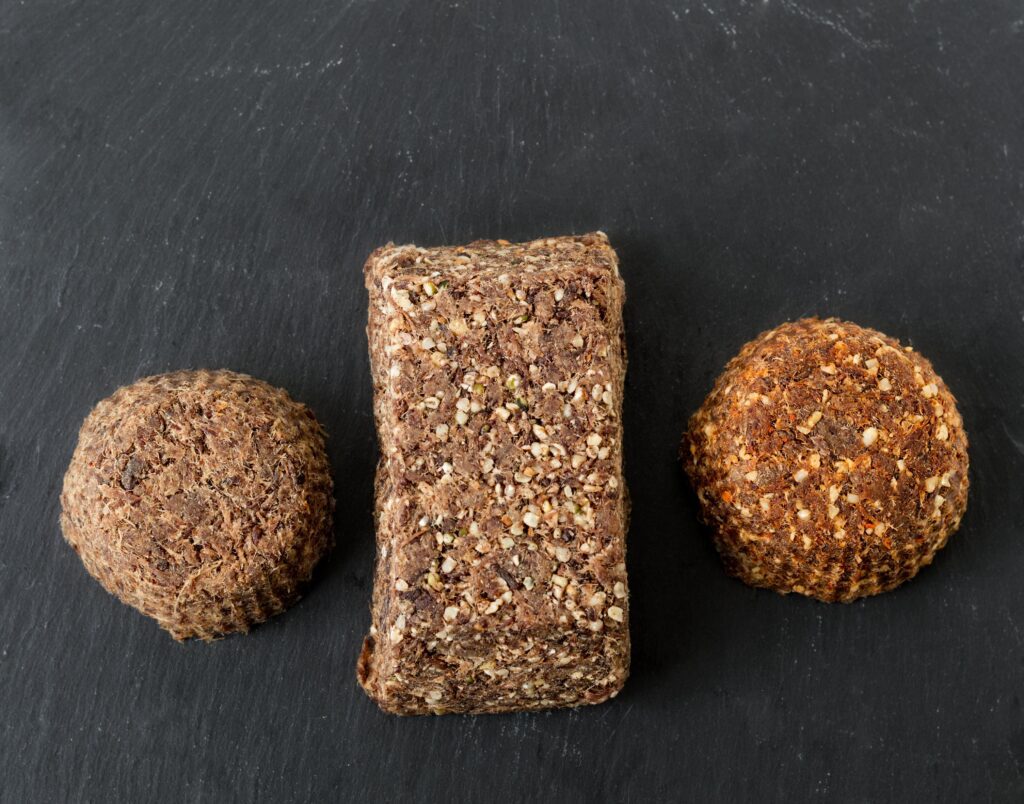
One of the most dependable survival diets ever developed was pemmican. Native American tribes and early frontiersmen created this high-calorie combination of dried meat, rendered fat, and berries to make small, high-energy diets. Pemmican is a necessary diet during long winters and uncertain times since, without moisture, the ingredients remained shelf-stable for years. It may endure for decades if appropriately maintained, giving soldiers and travelers a portable, high-protein meal. Learn more here if you’re interested in ancient survival foods.
Another important but often forgotten survival food preservation technique was the preservation of lard and fat. Families used to preserve meat by immersing it in rendered fat, forming an airtight seal, and keeping bacteria out before refrigeration. This technique, which some cultures call confit, kept beef, hog, and duck fresh for months. Long after the meat was gone, the fat might be utilized for cooking if kept in a cool spot.
Similar to salt curing, sugaring kept food from spoiling by removing moisture. Berries, apples, and even the peels of citrus fruits were preserved by packing them in honey or sugar. A natural approach to preserving seasonal fruit long after harvest, these delectable preserves could last for months or even years. Unlike contemporary jams, this traditional food storage method employs natural ingredients using artificial preservatives.
Food was kept fresh without electricity via evaporative cooling in clay pot refrigeration, also known as a Zeer pot. Food kept much colder when the water drained when a smaller clay pot was placed within a bigger one and filled with wet sand. In hotter climates, this method, still employed in some rural areas today, made milk, vegetables, and even meat survive much longer.
Alcohol and vinegar make suitable natural preservatives. In addition to extending their shelf life, pickling veggies in vinegar adds beneficial microorganisms. Alcohol was sometimes used as a sterilizing agent while storing meat, fruit, and eggs. Before modern refrigeration made them appear superfluous, these traditional food preservation techniques kept pantries stocked.
For homesteaders and survivalists, canning without power was a key strategy for ensuring food security. People preserved meats, vegetables, and soups in glass jars for years by sealing them using a water bath or pressure canning. Long after fresh supplies ran out, properly canned food remained shelf-stable and could be consumed. Some groups, such as the Amish, continue to preserve food using similar techniques today, just as their forefathers did. This is worth a look if you’re looking to resurrect other almost forgotten methods of long-term food storage.
Thanks to these long-forgotten survival food preservation methods, families survived severe winters, food shortages, and uncertain times for generations. They learned how to preserve food without refrigeration by utilizing only what nature offered. These techniques, which included fermenting vegetables, drying meat, and storing food in fat, ensured that nothing was wasted and food was still accessible long after harvest.
Some communities continue to use these antiquated techniques for storing food, demonstrating their usefulness in a society that frequently takes refrigeration for granted. Despite the widespread belief that food security is certain, people who practice these skills know how rapidly contemporary conveniences can vanish. Learning and utilizing these traditional food preservation methods aims to regain self-sufficiency and ensure a food source independent of energy and supply chains.
If you wish to reintroduce these survival skills, check this out.

